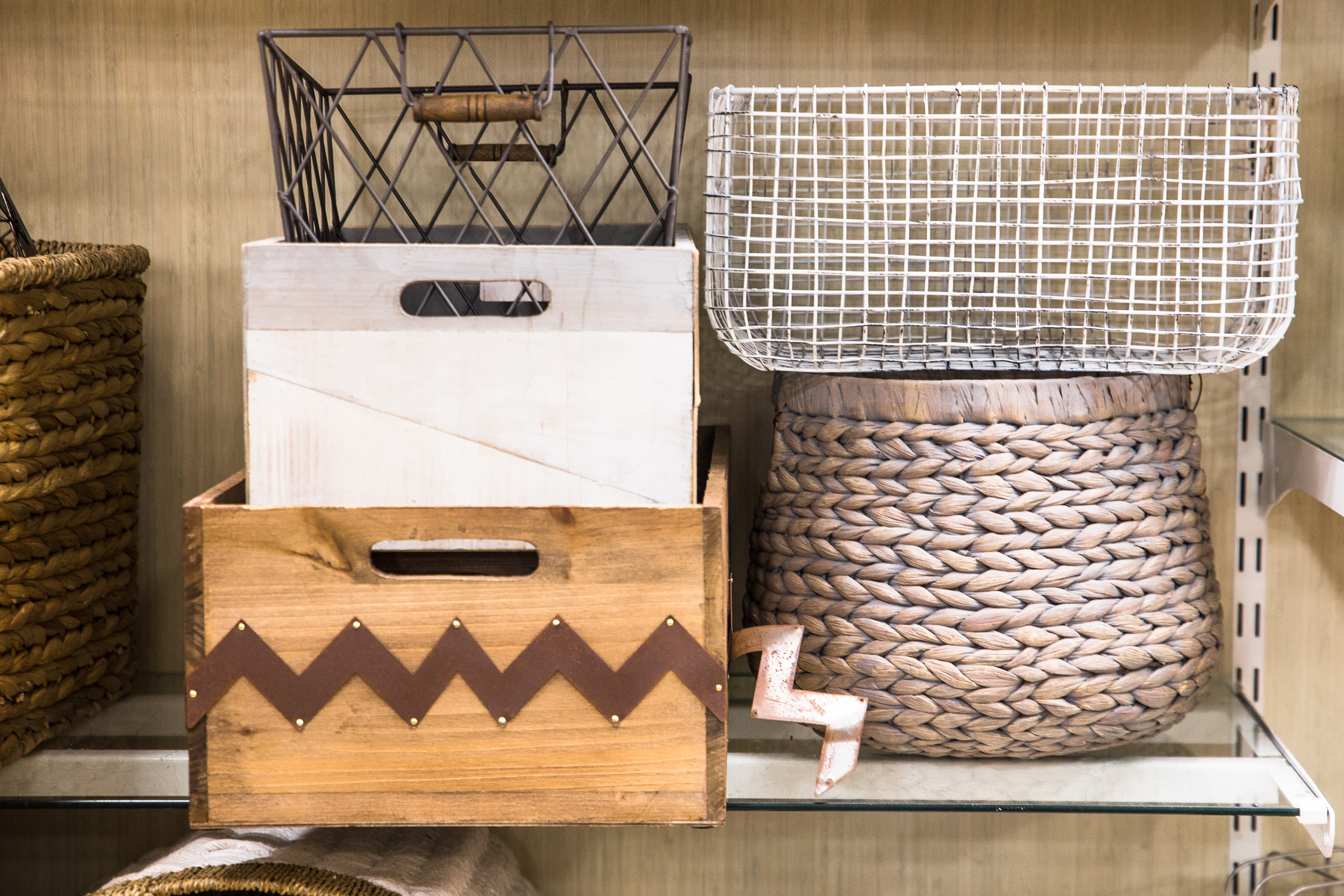As the holidays fade and we chug our way further into the new year, all of those promises we made to ourselves linger in the air. Whether you called them resolutions, goal setting, or “new year, new you,” the reality of February is that one month of the new year is gone. Contemplating change in how we deal with our space, our time, and the things that we need to do and want to do can be motivating. Actually implementing that change is damned hard!
One of the pitfalls we can fall into when looking to make serious habit change is to look for the newest, brightest, shiniest solution to ease the way. We buy that new planner, download a new app, buy some pretty new bins, join the newest gym, thinking, “oh, this is the solution! This is the ‘stuff’ that will get me organized. This is the ‘thing’ that will manage my time more efficiently.” Then, after a few weeks, the glow wears off, the motivation dims, and that new “thing” gets relegated to the back burner. The planner gets left in a drawer, the app moves to the third home screen, and we drive right by the gym on the way home. Then when motivation (or guilt) moves in again, we look again for a new fix – another app, another planner, another “plan.” It’s the bright, “shiny object syndrome,” aka “SOS.” We grab at whatever is new and different, thinking that’s the key to successfully implementing change in our lives.
SOS, which requires searching and buying, and searching and buying, will never get you where you want to go, because it’s never about the “stuff.” Buying coordinating baskets won’t organize your home. Sure, you can throw all of the stuff lying around into them and make it LOOK organized and tidy. Eventually you’ll forget what’s in those baskets and they will just become part of the landscape until they overflow. Again. Until you take the time to make some decisions about what you need, what you use, and what you love, those baskets will just become part of the clutter. “Decluttering” and “getting organized” are not the same thing. One has to happen first. Letting go of the excess, deciding what to keep and where it will live, and putting some boundaries in place as to what else and how much will come in needs to happen first. Only then can you put those attractive bins and baskets to use.
The same thing needs to happen with your time. Making some hard decisions about what’s important in your life – what Stephen Covey calls your “big rocks” – means setting priorities. It takes deciding what commitments and tasks have to be let go because they don’t fit into your priorities. Deciding where those that remain will “live” in your calendar and on your to-do list is the next step. That all must happen BEFORE you go out and buy that new planner, or download that new task management app. Because until you’ve done that hard work, you’re just grabbing at that next bright and shiny object. You’re looking for the “stuff” to solve the problem.
It’s never about the stuff.


